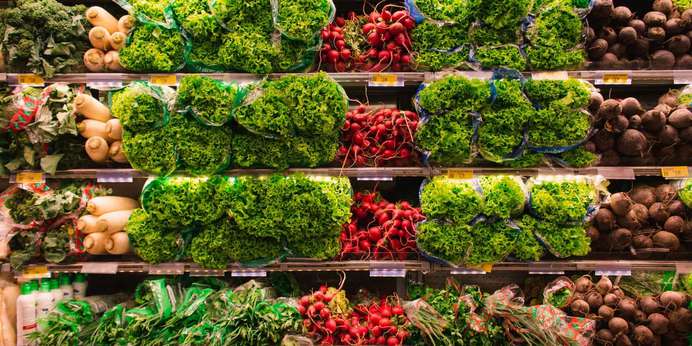
A food dye is a chemical substance that uses artificial color to enhance the appearance of food. Though dye may make drinks, candy and other food look better, many are concerned about adverse side effects. Learn more about why we color food and how it impacts health.
The History of Food Coloring
Food coloring has been around for centuries. It was first developed around 1500 B.C. using saffron or wine. The early Romans used these natural options as well as mulberries, flowers, carrots, beets and pomegranates. The first artificial food coloring was made from coal tar in 1856. Food dyes are petroleum-based today.
Why Do We Color Food?
Food dye changes the food’s color and appearance to look more appealing to the consumer. Some food processing can remove food’s natural color. Dye adds it back so the food looks as expected. Food manufacturers typically prefer artificial food dye to natural options because it has more vibrant colors, longer shelf life and a lower production cost.
The Health Effects of Food Coloring
The safety of food coloring is a long-debated topic due to the concern about negative health effects. Out of the hundreds of developed food dyes, a select few are deemed safe for consumption because they have been tested for toxicity in animals. Yellow 5, Red 40 and Yellow 6 are the most common.
Food dye safety can be confusing because different countries have different laws about the same food coloring. For example, The Food and Drug Administration (FDA) in the United States and the European Food Safety Authority (EFSA) agree that food coloring is not harmful. However, there are food dyes approved by the FDA but banned by the EFSA, and vice versa.


